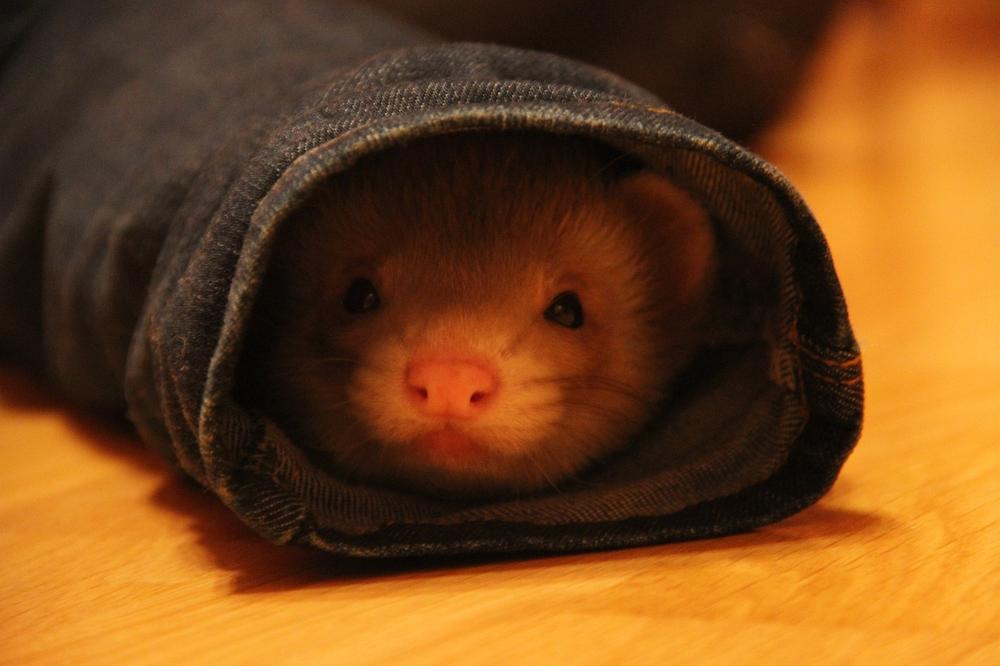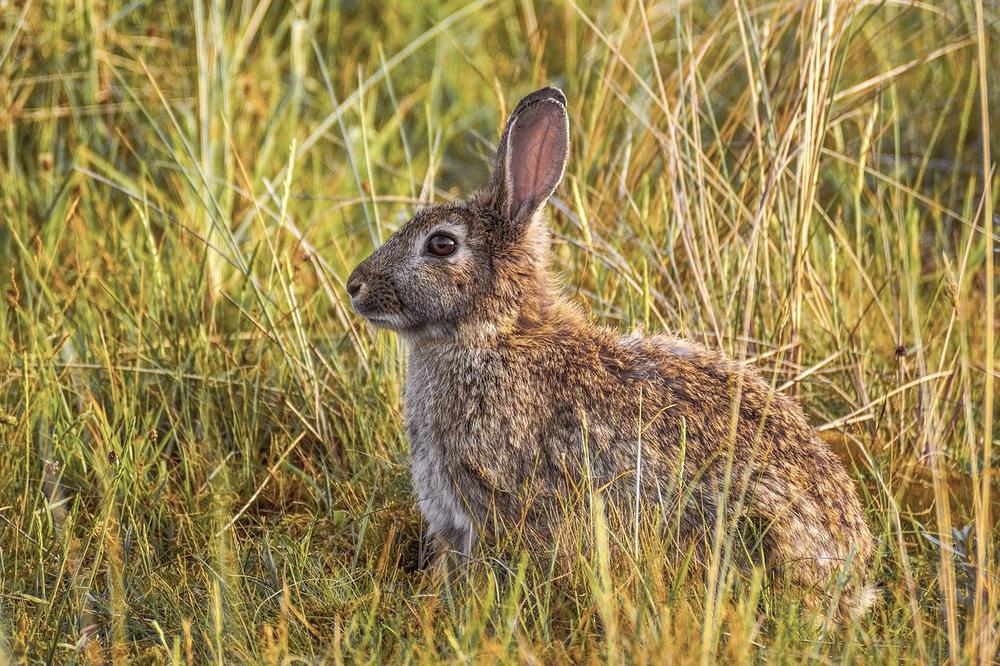Ferreting Rabbiting Explained: Everything You Need to Know

So you want to unravel the mysterious connection between ferreting and rabbiting...
You've seen those ferrets in action, darting through burrows like lightning, and it's got you wondering. 😮
How do these little furry ninjas play into the rabbiting game?
I get it, my friend.
It's enough to make your head spin faster than a ferret doing a victory lap.
But fear not, because in this Ferret Care Tips guide, I'll break it down for you in a way that's as clear as a summer's day.
Keep reading, or risk missing out on the ultimate strategy for ferreting and rabbiting success.
Understanding the Relationship Between Ferreting and Rabbiting
The ancient origins of ferreting and rabbiting
Did you know that people have been using ferrets to hunt rabbits since ancient times?
Yep, the concept of ferreting goes all the way back to civilizations like Rome and Greece.
Our ancestors were pretty clever, huh?
They actually bred rabbits specifically for hunting purposes, and this tradition has been passed down through the generations.
The thing is, there's a strong connection between ferreting and rabbiting.
Ferrets were domesticated just so they could assist in rabbit hunts. These little critters are natural-born hunters with an incredible knack for finding rabbits even when they're holed up deep underground.
It's like a match made in heaven!
Proper management is key
But hold your horses before you start bringing ferrets into places infested with rabbits.
Here's something vital you need to know:
Proper management is absolutely crucial.
You see, while ferrets are fantastic at controlling rabbit populations, if they aren't managed correctly, they can become quite the nuisance themselves.
Let me explain. Ferrets are what we call invasive predators. That means if they escape or someone abandons them, they can wreak havoc on native wildlife.
And I'm sure you'll agree, we definitely don't want that.

So, when it comes to using ferreting as a method of rabbit control, you should take responsible measures. We need to maintain balance in the ecosystem, after all!
Ferreting and rabbiting go hand in hand
Now, let's talk about how ferreting and rabbiting are basically inseparable activities.
In both cases, ferrets are the stars of the show when it comes to hunting those speedy little bunnies.
It's like they were meant to work together!
With ferreting, the focus is mostly on the actual hunting itself.
On the other hand, rabbiting covers a wider range of rabbit-related activities.
Some people even find pure joy in having ferrets as pets. These adorable creatures bring a whole new level of excitement into their lives.
So whether you prefer ferreting or rabbiting, the bond between humans, ferrets, and rabbits is truly something special. It's like a little club where everyone has each other's backs.
Main points I'll expand upon further down this article:
- Ferreting is a traditional technique used for over 2500 years.
- Ferreting is the most humane way to hunt rodents.
- Ferrets are trained to flush out rabbits from burrows in rabbiting.
- Nest traps are used to make it harder for rabbits to escape during ferreting.
- Predators such as foxes, hawks, and humans target rabbits during ferreting.
- Technology, such as collars, has revolutionized tracking and control of ferrets.
- Ferret poop is recognized as a natural mole-repellent.
- Ferrets are valuable for pest control on farms and gardens.
But let me tell you, the evolution of ferreting and rabbiting doesn't stop at ancient times!
Throughout history, hunters have continually adapted their techniques to match advancements in technology and equipment.
And I'm here to take you on a journey through time, highlighting the ongoing evolution of these practices from 2013 to 2023.
Hang on tight, because things are about to get interesting!
Ferreting: A Historical Overview
Ferreting, a time-honored tradition, has changed dramatically thanks to technology and equipment.

Hunters today have more efficient ways to capture rabbits, all while protecting other wildlife.
From 2013 to 2023, several key moments in the evolution of ferreting are detailed here – an exploration of history with a focus on how this practice continues to adapt.
Mastering the Art of Traditional Ferreting Techniques

In traditional ferreting, the focus is on strategic placement of nets to create barriers and steer rabbits towards easy dispatch areas.
This controlled hunt doesn't require firearms or harmful tools.
- Ferreting has been used for over 2500 years and is considered the most humane way to hunt rodents.
- Rabbits are flushed out by ferrets from their burrows for hunters or dogs to catch in rabbiting applications.
- Nest traps are placed over burrows to prevent rabbit escape.
- Prior to starting ferreting, ferrets must be trained for their job.
- Rat catching is also emphasized during ferreting, along with reviewing relevant gear and products.
- During ferreting, ferrets locate hidden rabbits by being dropped into holes.
- Hidden rabbits often bolt along streams, adding excitement to the hunt. 🐇
- Timely return to the car before darkness is crucial.
- Mastering traditional ferreting techniques requires practice and patience.
- By understanding ferreting's methods, you can become adept at this longstanding hunting technique.
With these tips, you can become a skilled ferreter and enjoy this unique method of hunting.
So you've mastered the art of traditional ferreting techniques, utilizing strategic nets and the skills of trained ferrets.
But what about the well-being and companionship of these incredible creatures? If you're curious to learn more about whether ferrets need to be in pairs for their overall happiness, then my article Are Ferrets Better Off in Pairs is a must-read for you
Ferreting Equipment and Tools
When you're ferreting, having the right gear is important.
Here are some tools and tips to make your ferreting easier:
- Longnets: These are a must-have. They help guide rabbits during hunts and prevent harm to other animals.
- Technology: Collars have changed the game for tracking and controlling ferrets. It makes hunting more efficient.
- Ferret poop: Believe it or not, ferret poop works as a natural mole repellent. Give it a try in your garden!
- Images and photos: Be cautious when relying solely on pictures in articles. They might not accurately show what really happened or where it took place.
- Collars vs muzzles: While collars are necessary for ferrets to perform their best, avoid putting muzzles on working ferrets. It can have negative effects.
- Lock knife: For easy and quick tasks like legging and gutting rabbits, a lock knife is recommended.
An enjoyable ferreting experience can be achieved through making informed decisions and having the appropriate equipment.
The Crucial Role of Ferreting in Modern Agriculture
Ferreting plays a vital role in modern agriculture by effectively controlling pests like rabbits, rodents, and moles. This traditional method not only protects crops but also prevents environmental destruction caused by excessive rabbit populations, ensuring a balanced ecosystem for farmers.
Ferreting, unlike other forms of hunting, is a more humane way to control rabbits.
Instead of causing a painful death, ferrets use their natural instincts to flush out rabbits from their burrows, allowing farmers to capture and relocate them safely.
These little creatures are incredibly effective at pest control on farms and gardens. With their agility and small size, they can maneuver through tight spaces that larger animals and machines can't reach.
This means they can easily access rabbit burrows, minimizing damage to crops while targeting the root of the problem.
In fact, ferreting has been used for centuries as a reliable method of rabbit control.
It's an approach with historical roots that still holds relevance in modern agricultural practices.
But don't get me wrong, ferreting isn't just limited to rabbit control.
These remarkable creatures also excel in broader hunting and pest control.

They are skilled at eliminating pests like rodents and moles, which can cause significant damage to crops if left unmanaged.
By deploying ferrets, farmers can effectively address these threats and protect their livelihoods.
Here's the thing, though:
Ferrets serve multiple purposes. They're not only useful in agriculture but also make loyal and affectionate pets. Many animal lovers around the world have grown to adore them because of their intelligence and playful nature.
Now, let's circle back to their incredible pest-control abilities.
Ferreting plays a crucial role in regions like the Yorkshire moors, where rabbit populations pose a threat to the delicate ecosystem balance.
After being war firing ranges, these moors have become rabbit refuges due to the scars left behind from that time.
Keeping rabbit numbers in check is essential to prevent further environmental destruction.
While ferreting can yield impressive results, it does come with challenges. As highlighted by a disappointing rabbit hunt on Ilkley Moor, rabbit scarcity in certain areas can be a problem for farmers.
However, dedicated efforts and innovative approaches continue to improve the effectiveness of ferreting in these situations. 😊
And that's all for today folks.
If you wanna read more of my useful articles, I recommend you check out some of these: Ways to Stop Ferret Biting, How to Handle Aggressive Ferrets, Securing Your Home for Ferrets, Ways Ferrets Demonstrate Affection, and Are Ferrets Aggressive
Until next time,
-Clara Cowan